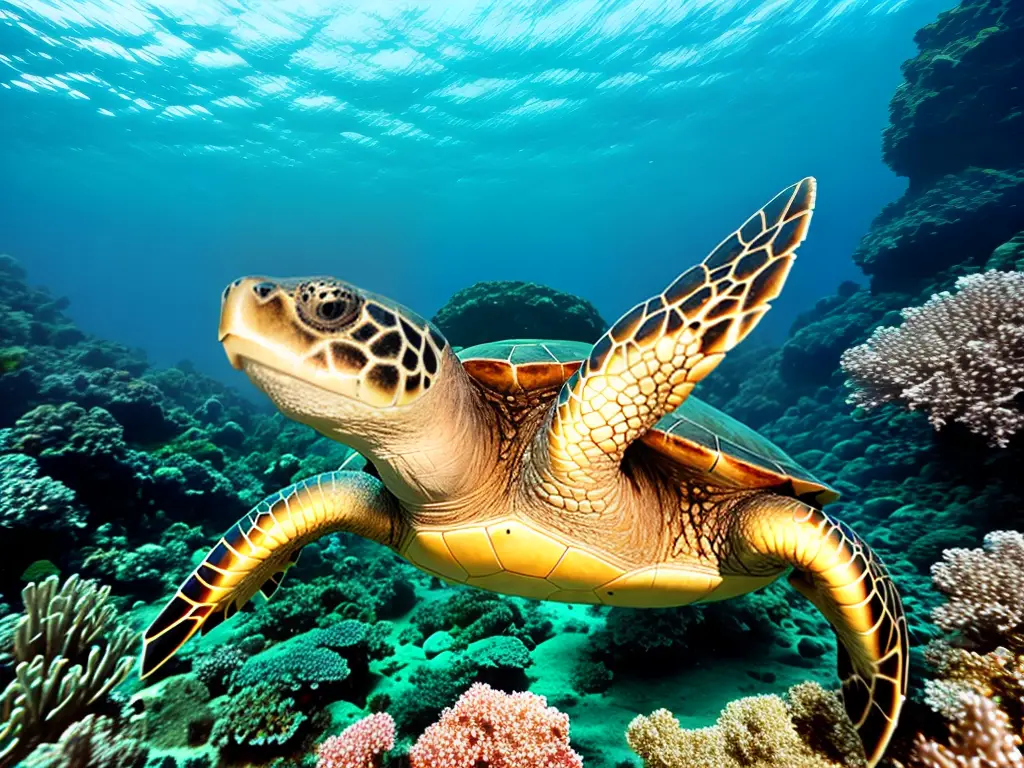Introduction to Turtle Swim Patterns
Turtles are fascinating creatures that have inhabited our planet for millions of years. As aquatic animals, they primarily live in water, making their swimming patterns an essential aspect of their behavior and survival. This article examines various turtle swim patterns, diving into the intricacies of these aquatic movements and providing insights into related topics such as migration, mating, and caring for pet turtles.

How Turtles Swim: The Basics
Turtles swim by propelling themselves through water using their strong limbs. Their front limbs act as flippers, allowing them to steer and maneuver, while their hind limbs help with propulsion. The shell of a turtle also plays a significant role in swimming, as it is designed to minimize water resistance and facilitate streamlined movement. Additionally, turtles use their powerful neck muscles and plastron to thrust themselves forward in a gliding motion.

Different Species, Different Swim Styles
There are several species of turtles, each with its unique swimming style. Here are a few examples:
1. Sea Turtles: Sea turtles, like the Green Sea Turtle and the Loggerhead Turtle, have long, paddle-like front flippers that enable them to swim effortlessly through ocean currents. Their back flippers function as stabilizers and assist in steering. Sea turtles are known for their speed and endurance in the water.
2. Freshwater Turtles: Freshwater turtles, such as the Red-eared Slider and the Common Snapping Turtle, have more rounded and clawed limbs compared to sea turtles. They are adept at navigating rivers, lakes, and ponds, relying on their webbed feet to push through water efficiently.
3. Box Turtles: Box turtles, though primarily land dwellers, are also capable swimmers. They use a combination of their webbed feet and shell adaptations to move through shallow water in search of food.

Migratory Swim Patterns and Navigation in Turtles
Turtles are known for their long-distance migrations, with some sea turtle species traveling thousands of miles to breed and lay eggs. These migrations require accurate navigation skills, and turtles exhibit remarkable oceanic navigation abilities. Scientists believe that turtles use cues like geomagnetic fields, celestial positioning, and ocean currents to guide their migrations. The exact mechanisms underlying this impressive navigational sense are still not entirely understood but continue to be the subject of ongoing research.

Turtle Mating and Reproduction Swim Patterns
Swim patterns take on unique characteristics during mating and reproduction in turtles. Courtship involves a series of elaborate underwater displays, with male turtles paying close attention to the females’ movements. During mating, the male turtle swims above the female, using his flippers to grasp her shell as they swim together. When it’s time to lay eggs, female turtles embark on a journey to their nesting sites. In the case of sea turtles, this often involves swimming to shore and crawling onto sandy beaches to lay their eggs.

Caring for Pet Turtles: Encouraging Healthy Swim Patterns
When caring for pet turtles, it’s crucial to provide them with an adequate environment that supports their swimming needs. This involves maintaining a clean and appropriately sized tank with both shallow and deep areas, as well as including rocks and plants to simulate their natural habitat. Proper water filtration and heating are also essential to keep the water quality and temperature optimal for your pet turtle’s health and happiness.
